

Articles
How To Store Couches
Modified: January 24, 2024
Learn the best methods and tips for storing couches with our informative articles. Proper storage techniques will help preserve the quality and lifespan of your couches.
(Many of the links in this article redirect to a specific reviewed product. Your purchase of these products through affiliate links helps to generate commission for Storables.com, at no extra cost. Learn more)
Introduction
When it comes to storing couches, it’s important to take the necessary steps to ensure their protection and longevity. Whether you’re moving, renovating, or simply need to create more space in your living area, knowing how to store your couches properly can prevent damage and maintain their appearance.
Before diving into the storage process, it’s crucial to consider a few factors. Firstly, assess the size and weight of your couch to determine the amount of space required for storage. Additionally, consider the materials used in its construction and whether any specific care instructions apply. These considerations will help guide your choices throughout the storage process.
In this article, we will guide you through the steps to store your couches safely and effectively. From cleaning and preparing your couch to choosing the right storage space and properly maintaining it, we’ll cover it all. By following these guidelines, you can rest assured that your couches will remain in optimal condition during their time in storage.
Key Takeaways:
- Properly preparing and storing your couch is essential for preserving its condition and longevity. Consider size, material, and storage duration, and follow steps for cleaning, disassembly, and choosing the right storage space.
- Safely lifting, wrapping, and maintaining your couch in storage is crucial for its protection. Regular inspections, climate control, and proper unwrapping and setup ensure your couch remains in excellent condition for future use.
Read more: How To Store A Couch
Considerations Before Storage
Before you start the process of storing your couch, there are a few important considerations to keep in mind.
1. Size and Weight: Measure the dimensions of your couch to ensure it will fit in your chosen storage space. Additionally, consider the weight of the couch, as it will impact the ease of moving it and the type of storage facility that can accommodate it.
2. Material and Care Instructions: Different couch materials require different care. Check the manufacturer’s instructions for any specific cleaning or maintenance guidelines. This will help you determine the best approach to prepare and protect your couch for storage.
3. Climate Control: If possible, choose a storage space that offers climate control. Extreme temperature changes can damage the fabric or upholstery of your couch. Climate-controlled units will help maintain a stable environment and protect your couch from temperature fluctuations.
4. Accessibility: Consider how easily accessible your couch needs to be while it is in storage. If you anticipate needing to retrieve items from your storage unit frequently, consider opting for a unit with easy access or organizing your unit so that the couch is easily accessible.
5. Storage Duration: Determine how long you plan on storing your couch. If the storage duration is short, you may prefer a more convenient and accessible storage option. For longer-term storage, consider taking extra precautions to protect your couch from dust, pests, and other potential hazards.
By considering these factors beforehand, you will be able to make informed decisions throughout the storage process and ensure the safety and longevity of your couch.
Cleaning and Preparing the Couch
Prior to storing your couch, it’s essential to clean and prepare it to prevent any dirt, stains, or odors from setting in. Follow these steps to ensure your couch is in pristine condition before storage:
1. Vacuum: Start by thoroughly vacuuming your couch to remove any loose dirt, dust, and debris. Use a brush attachment to reach into the crevices and corners of the couch.
2. Spot Clean: Carefully inspect your couch for any stains or spills. If you encounter any, consult the manufacturer’s instructions or upholstery cleaning guides for the appropriate cleaning method. Spot clean using a gentle cleaner and a soft cloth, being cautious not to oversaturate the fabric.
3. Deodorize: If your couch has any lingering odors, consider using a fabric freshener or deodorizer specifically formulated for upholstery. Alternatively, you can sprinkle baking soda over the couch, let it sit for a few hours, and then vacuum it off to absorb any unwanted odors.
4. Allow to Dry: After spot cleaning and deodorizing, ensure that your couch is completely dry before storing it. Moisture can lead to mold and mildew growth, causing irreversible damage to the fabric. Allow ample time for the couch to air dry, or use a fan to expedite the process.
5. Remove Loose Items: Clear the couch of any loose items such as pillows, blankets, or removable parts. Wash or clean these items separately before storing them.
6. Apply Fabric Protector: Consider applying a fabric protector spray to create a barrier against stains and spills during storage. Follow the manufacturer’s instructions to apply the fabric protector evenly, and allow it to dry fully before proceeding.
By following these cleaning and preparation steps, you can ensure that your couch is fresh, clean, and ready for storage. Taking the time to properly prepare your couch will help maintain its appearance and condition throughout its time in storage.
Disassembly (If Applicable)
Disassembling your couch can be beneficial if it is large, bulky, or if you need to navigate through narrow doorways or tight spaces during the storage process. Here are some steps to follow for proper disassembly:
1. Review Manufacturer’s Instructions: Check the manufacturer’s instructions for any guidance on disassembling your couch. They may provide specific instructions tailored to your specific couch model.
2. Take Photos: Before disassembling, take detailed photos of the couch from multiple angles. This will serve as a reference when reassembling it later.
3. Remove Removable Parts: If your couch has removable parts such as legs, cushions, or armrests, carefully detach them. Keep these parts together in a bag or container and label them for easy identification later.
4. Unscrew or Unbolt: If there are any screws or bolts securing different sections of the couch, use appropriate tools to unscrew or unbolt them. Keep the screws or bolts in a secure container or bag, labeled for reassembly purposes.
5. Protect Disassembled Parts: Once you’ve disassembled the couch, wrap each part in protective materials such as bubble wrap or moving blankets. This will prevent any dings, scratches, or damage during transport and storage.
6. Label and Organize: Clearly label each wrapped part with its corresponding location and ensure that everything is organized and easily identifiable. This will make the reassembly process more efficient and stress-free.
Disassembling your couch is not always necessary, but if you anticipate difficulties in moving or storing the entire piece, following these steps will make the process smoother. Remember to keep all necessary components and hardware together and well-protected to ensure a hassle-free reassembly later on.
Choosing the Right Storage Space
When it comes to storing your couch, selecting the right storage space is crucial to ensure the safety and preservation of your furniture. Here are some factors to consider when choosing the ideal storage facility:
1. Size and Accessibility: Evaluate the size of your couch and choose a storage unit that can accommodate its dimensions. Consider whether you will need to maneuver the couch through narrow doorways or tight spaces. Opt for a storage unit with easy access to allow for hassle-free loading and unloading.
2. Climate Control: If your couch is made of materials sensitive to temperature and humidity changes, such as leather or certain upholstery fabrics, consider renting a climate-controlled storage unit. This will provide a stable environment and protect your couch from extreme temperature fluctuations.
3. Security Measures: Look for a storage facility that prioritizes security. Features such as surveillance cameras, secure access systems, and individually alarmed units can provide peace of mind knowing that your couch is stored in a safe and monitored environment.
4. Cleanliness and Pest Control: Ensure that the storage facility maintains a clean and well-maintained environment. Additionally, ask about their pest control measures to prevent any potential damage from pests or rodents.
5. Insurance Coverage: It’s wise to consider obtaining insurance coverage for your stored items, including your couch. Check if the storage facility offers insurance options or if your homeowner’s or renter’s insurance policy covers stored belongings. This will protect you financially in case of unforeseen circumstances.
6. Online Reviews and Recommendations: Research online reviews and seek recommendations from friends or family members who have used storage facilities in the past. Their experiences can provide valuable insights into the quality and reliability of different storage options.
Take the time to visit and inspect potential storage facilities before making a decision. Ask any necessary questions and inquire about rental terms and conditions. By selecting a suitable storage space, you can ensure that your couch remains protected and well-maintained throughout its time in storage.
Read more: How To Store Nugget Couch
Wrapping and Protecting the Couch
To safeguard your couch from dust, moisture, and potential damage during storage, it is crucial to properly wrap and protect it. Follow these steps to ensure your couch remains in excellent condition:
1. Disassemble (If Applicable): If you’ve opted to disassemble your couch, wrap each piece individually with protective materials such as bubble wrap or moving blankets. Secure the wrapping with tape or plastic wrap to keep it in place.
2. Use Furniture Covers: Whether your couch is disassembled or not, invest in high-quality furniture covers or plastic wrap to provide an additional layer of protection. Wrap the entire couch, making sure it is completely covered and sealed to prevent dust and moisture from seeping in.
3. Extra Padding: For added protection during transportation and storage, place additional padding such as foam or blankets between the couch and any hard surfaces. This will help cushion the couch and prevent any potential dents or scratches.
4. Avoid Plastic Covers Directly on Upholstery: While plastic wrap is effective for protecting against moisture, it should not be placed directly on upholstery fabric. It can trap moisture and cause mold or mildew growth. Always use a layer of breathable fabric, such as a moving blanket, between the plastic wrap and the upholstery.
5. Secure with Straps or Tie-Downs: If the storage unit allows vertical storage, use straps or tie-downs to secure the wrapped couch in an upright position. This will help preserve the shape of the cushions and prevent them from sagging or becoming misshapen.
6. Avoid Placing Heavy Objects on Top: When storing your couch, refrain from placing heavy items on top of it, as this can cause unnecessary pressure and strain. Keep the surrounding area clear to protect your couch from potential damage.
7. Label and Document: Properly label your wrapped couch and make note of its location in the storage unit. This will make it easier to locate and retrieve when needed.
By following these wrapping and protection techniques, you can safeguard your couch from dust, moisture, and other potential hazards, ensuring it remains in excellent condition throughout its time in storage.
To store couches, first clean and vacuum them thoroughly. Then, disassemble if possible and cover with a breathable fabric. Store in a dry, climate-controlled area to prevent mold and mildew.
Lifting and Moving the Couch
Proper lifting and moving techniques are crucial when it comes to safely transporting your couch to the storage facility. Here are some steps to follow to ensure a smooth and injury-free process:
1. Enlist Help: Couches can be heavy and bulky, so it’s important to have assistance when lifting and moving them. Recruit a friend or family member to help share the load.
2. Clear Pathways: Before attempting to lift the couch, ensure that all pathways are clear of obstacles. Remove any furniture, rugs, or other items that may obstruct your path and create hazards during the moving process.
3. Protect Floors and Walls: Place protective coverings on the floor and walls to prevent any accidental scratches or damage while moving the couch. Use blankets, cardboard, or specialized furniture sliders to create a buffer between the couch and the surfaces.
4. Lift with Proper Technique: To lift the couch safely, practice proper lifting technique. Bend your knees, keeping your back straight, and use your legs and core muscles to lift the couch. Avoid putting excessive strain on your back and avoid twisting your body while lifting.
5. Use Furniture Sliders: If moving the couch over a carpeted floor, consider using furniture sliders. These can be placed under the legs of the couch to make it easier to glide and maneuver. If moving on a non-carpeted surface, a dolly or furniture hand truck can be useful.
6. Take Breaks: Moving a couch can be physically demanding, so take breaks as needed to prevent fatigue and reduce the risk of injury. Hydrate and rest to maintain your energy levels throughout the moving process.
7. Communicate and Coordinate: Maintain clear communication with your helper(s) to ensure synchronized movements. Establish a plan for lifting and maneuvering the couch to avoid any accidents or mishaps.
8. Secure the Couch in the Vehicle: If transporting the couch in a vehicle, make sure it is properly secured. Use straps or tie-downs to keep it stable and prevent shifting during transport.
By following these lifting and moving techniques, you can ensure the safe and efficient transportation of your couch to the storage facility, reducing the risk of injuries and damage to your furniture.
Storing the Couch in a Vertical Position
Storing your couch in a vertical position can be a space-saving solution, especially when dealing with limited storage space. Here are some steps to follow when storing your couch vertically:
1. Prepare the Storage Space: Clear the area where you plan to store the couch. Ensure that there is enough vertical space to accommodate the height of the couch without any obstructions.
2. Position the Couch: Stand the couch on its end, ensuring that it is fully balanced and stable before releasing your grip. Be cautious not to let the couch tip over or lean against any walls or objects.
3. Utilize Wall Protection: Place protective padding or blankets between the couch and the wall to prevent any damage or scratches during storage. This will also help keep the couch in an upright position.
4. Secure with Straps or Tie-Downs: Use straps or tie-downs to securely fasten the couch to a wall or another stable structure. This will prevent it from accidentally falling or tipping over during storage. Make sure the straps are tight enough to hold the couch in place, but not so tight that they damage the fabric.
5. Cushion Protection: If your couch has removable cushions, consider storing them separately or securing them in place with straps or ties. This will help maintain their shape and avoid any misshaping during storage.
6. Maintain Proper Spacing: Allow for adequate spacing between the stored couch and other items or walls to promote airflow. This will help prevent moisture buildup and potential damage to the couch.
7. Check Stability Regularly: Periodically check the stability of the stored couch to ensure it remains secure in its vertical position. Tighten any straps or tie-downs if necessary, and make any adjustments to maintain stability.
Storing your couch in a vertical position can be an efficient way to maximize storage space while keeping your couch in good condition. By following these steps and taking the necessary precautions, you can safely store your couch in a vertical position for an extended period of time.
Maintaining the Couch in Storage
Maintaining your couch properly while in storage is crucial to preserve its condition and protect it from damage. Here are some essential tips to keep in mind:
1. Regular Inspection: Regularly inspect your couch while it is in storage to identify any signs of damage or issues. Check for any pests or signs of infestation, mold or mildew growth, or any other issues that may require immediate attention.
2. Climate Control: If possible, store your couch in a climate-controlled storage unit. Extreme temperature changes and humidity can cause damage to the fabric, upholstery, and wood components. A stable climate-controlled unit will help maintain an optimal environment for your couch.
3. Avoid Direct Sunlight: If your storage space is not climate-controlled, make sure to position your couch away from direct sunlight. Prolonged exposure to sunlight can fade and deteriorate the fabric, causing it to lose its color and quality over time.
4. Keep it Elevated: To prevent moisture buildup and potential damage, place your couch on pallets or boards to keep it elevated from the floor. This will allow for proper airflow and minimize the risk of mold or mildew growth.
5. Avoid Stackin: If you need to stack items on top of your couch, use caution. Avoid placing heavy objects that could potentially damage or deform the cushions or frame. Use lightweight items or take measures to distribute the weight evenly.
6. Clean and Maintain: Periodically clean your couch while in storage to prevent dust buildup. Use a handheld vacuum or a soft brush attachment to remove any dust or debris. Avoid using harsh cleaners or moisture, as this can cause damage to the fabric or upholstery.
7. Pest Control: Take preventative measures to protect your couch from pests. Use pest control products or natural remedies to deter insects and rodents. Regularly check for any signs of infestation and take appropriate action if necessary.
8. Document Storage Period: Keep track of the length of time your couch has been in storage. If storing for an extended period, consider inspecting and rotating the couch periodically to minimize the risk of damage from prolonged storage.
By following these maintenance tips, you can keep your couch in optimal condition throughout its time in storage. Proper care and attention will ensure that your couch is ready to be used and enjoyed when you retrieve it from storage.
Read more: How To Store A Couch In A Garage
Unwrapping and Setting Up the Couch
After a period of storage, it’s important to properly unwrap and set up your couch to ensure its readiness for use. Follow these steps to safely and effectively unwrap and set up your couch:
1. Clear the Area: Before unwrapping the couch, clear the area where you plan to set it up. Remove any obstacles or furniture to create enough space for the couch.
2. Unwrap with Care: Carefully remove the protective coverings or plastic wrap from the couch. Avoid using sharp objects that could damage the fabric or upholstery. Take your time to unwrap it gently and ensure not to pull or tug on any delicate parts.
3. Inspect for Damage: As you unwrap the couch, inspect it for any signs of damage or wear. Check for any tears, loose stitches, or broken parts. If you notice any issues, document them and consider contacting a professional for repairs if needed.
4. Reassemble (If Applicable): If you disassembled your couch for storage, follow the manufacturer’s instructions or your previously documented photos to reassemble the various parts. Make sure all screws, bolts, and other components are properly tightened.
5. Position the Couch: Carefully position the couch in the desired location, ensuring it is centered and aligned properly. Take note of its proximity to other furniture and walls, making sure there is enough space for comfortable use and easy access.
6. Adjust and Fluff the Cushions: If your couch has removable cushions, take the time to adjust and fluff them to restore their shape and comfort. Place them back onto the couch in their appropriate spots.
7. Test Stability: Gently test the stability of the couch by sitting on it or applying gentle pressure. Ensure that it is steady and secure, with no wobbling or shifting.
8. Clean and Refresh: Depending on the storage duration, consider giving your couch a thorough cleaning or refreshing. Vacuum the upholstery to remove any dust or debris that may have accumulated during the storage period. Use fabric fresheners or upholstery cleaners as needed.
By following these steps, you can successfully unwrap and set up your couch after storage. Taking the time to inspect and ensure its readiness will ensure a comfortable and enjoyable lounging experience once again.
Conclusion
Storing couches properly is essential to preserve their condition and ensure their longevity. By following the steps outlined in this article, you can effectively store your couches and protect them from damage during the storage period. Remember the key considerations before storage, such as the size and weight of the couch, the materials used, the storage duration, and climate control needs.
Proper cleaning and preparation, disassembly if applicable, choosing the right storage space, wrapping and protecting the couch, lifting and moving it safely, storing it in a vertical position, and maintaining it while in storage are all crucial steps in the process.
Unwrapping and setting up the couch after storage requires care and attention to ensure it is ready for use. Take the time to inspect for any damage and make any necessary repairs or adjustments. Reassemble the couch if it was disassembled for storage and position it in the desired location.
Remember to always follow manufacturer’s instructions and consult professionals when needed. Regular inspections, climate control, and cleanliness will help maintain your couch’s condition while in storage. When the time comes to retrieve your couch, it will be in good shape and ready to provide comfort and relaxation once again.
By taking the proper steps and giving your couch the care it deserves, you can ensure that it remains in excellent condition throughout its time in storage. So whether you’re moving, renovating, or simply need extra space, follow these guidelines to store your couches with confidence.
Frequently Asked Questions about How To Store Couches
Was this page helpful?
At Storables.com, we guarantee accurate and reliable information. Our content, validated by Expert Board Contributors, is crafted following stringent Editorial Policies. We're committed to providing you with well-researched, expert-backed insights for all your informational needs.
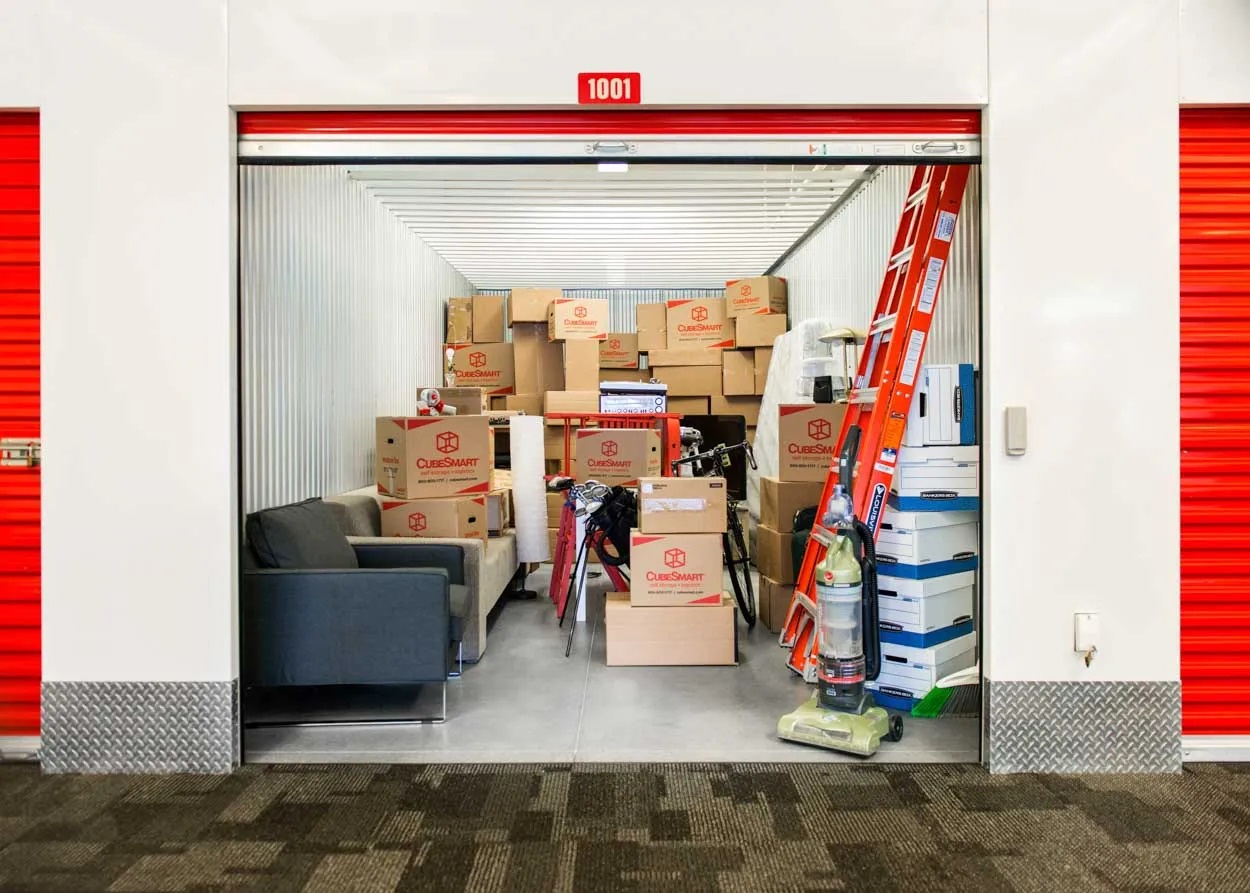
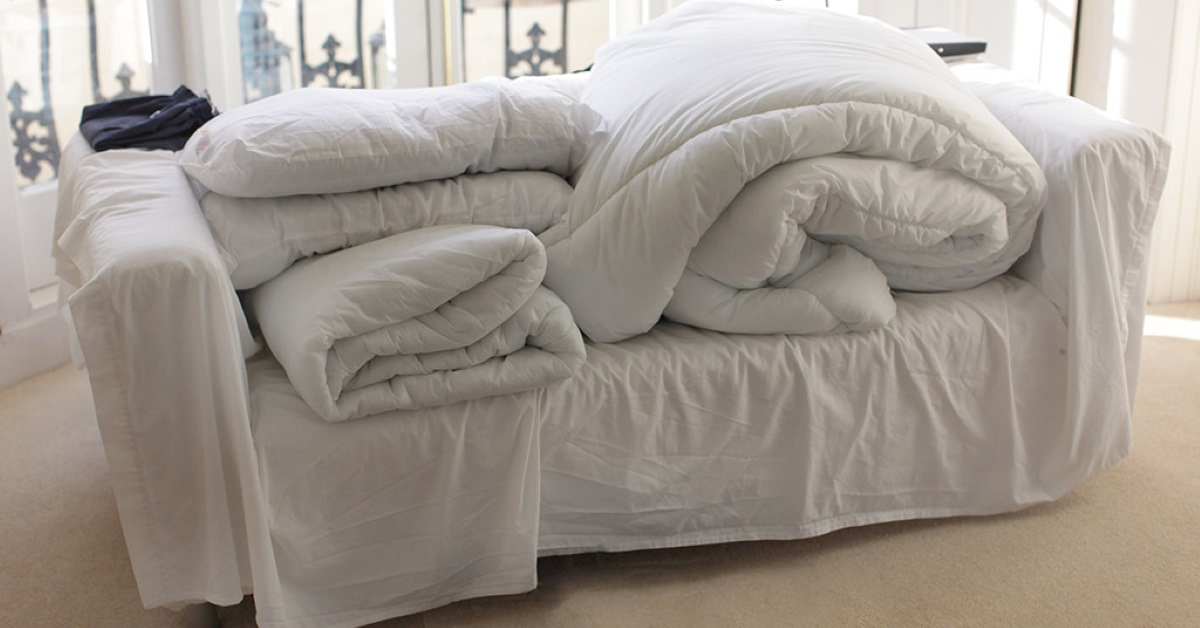


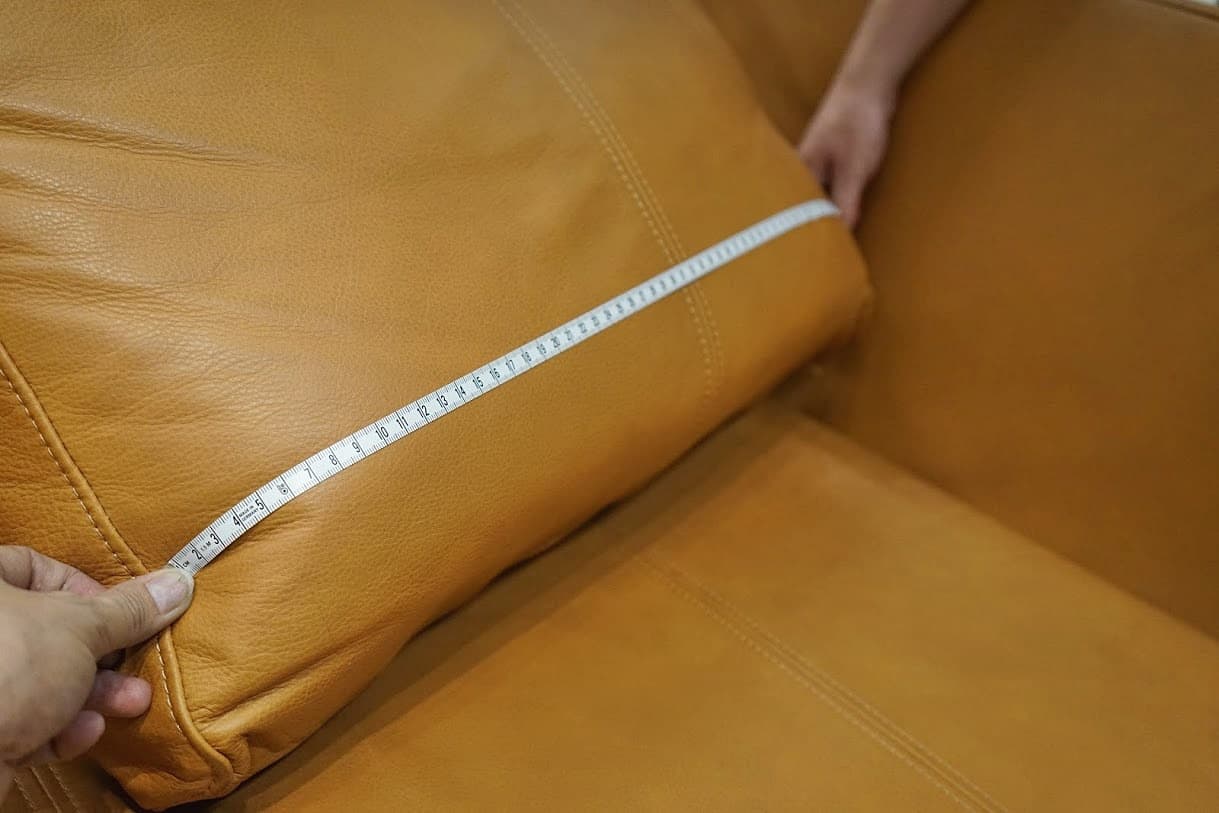
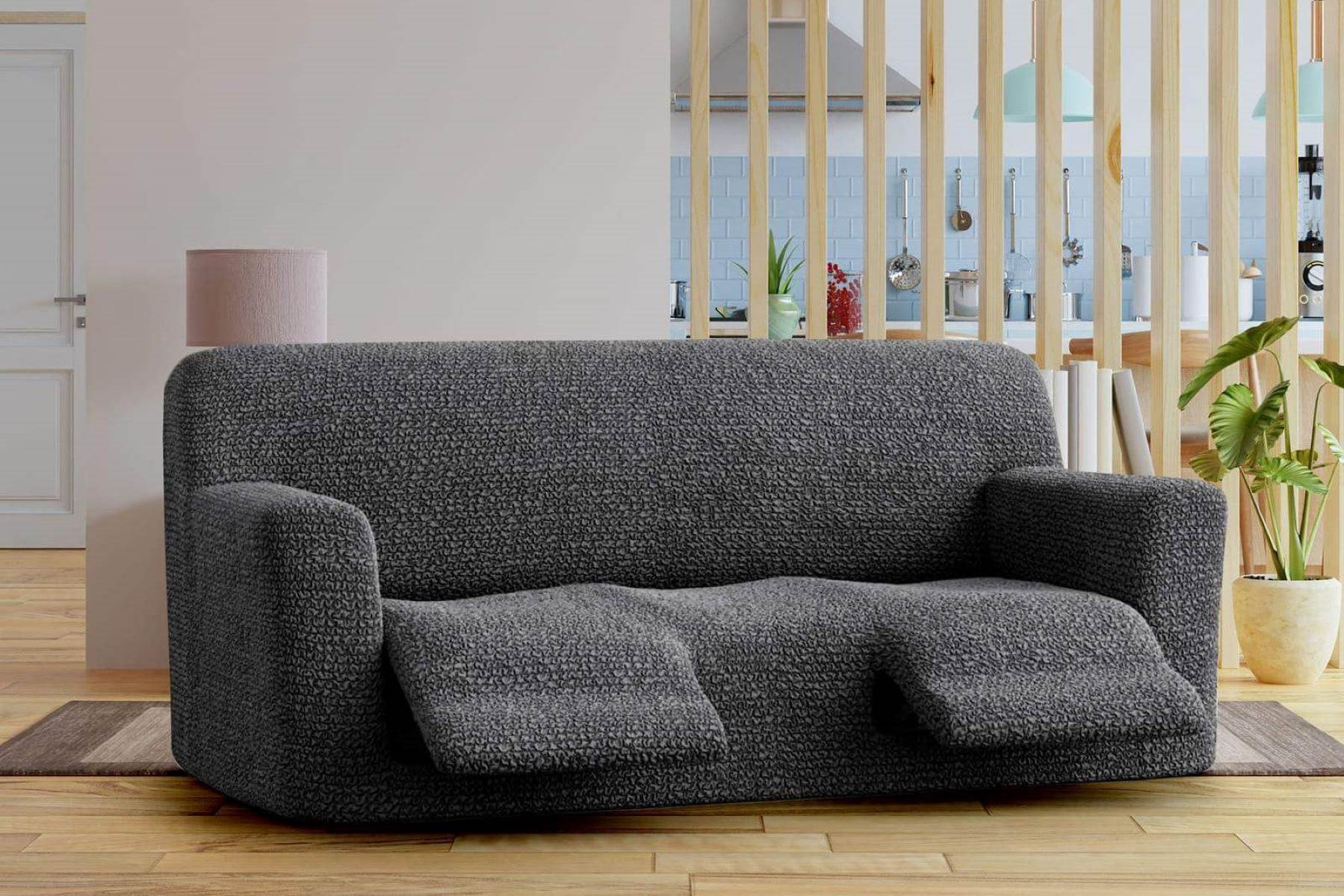




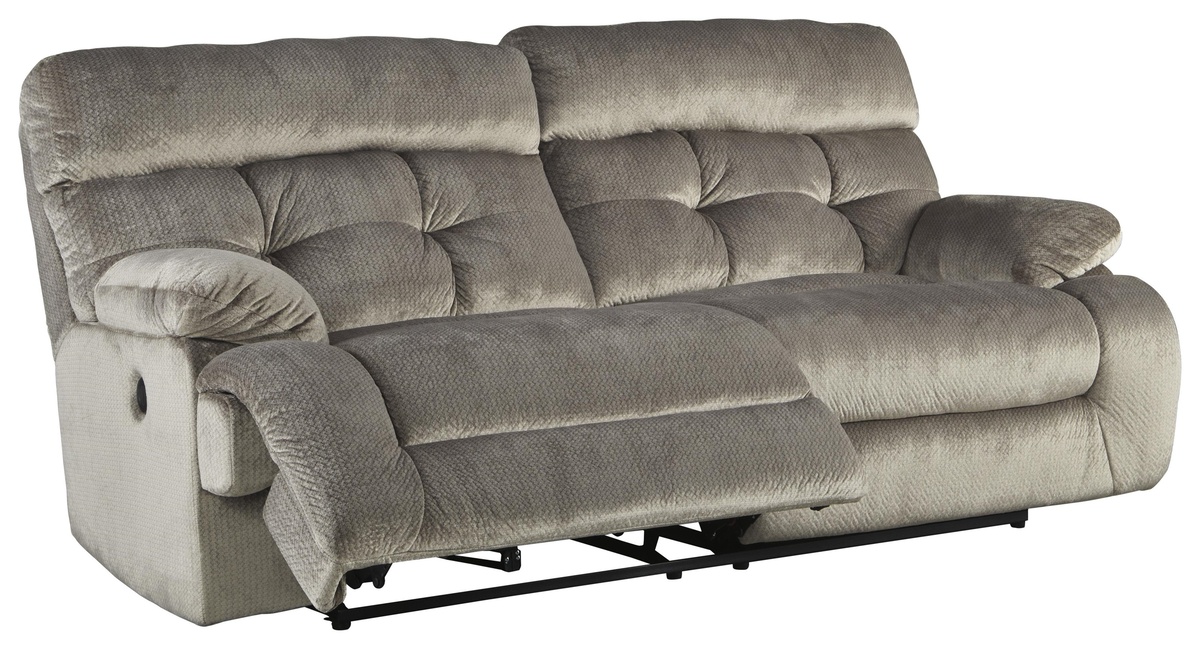



0 thoughts on “How To Store Couches”